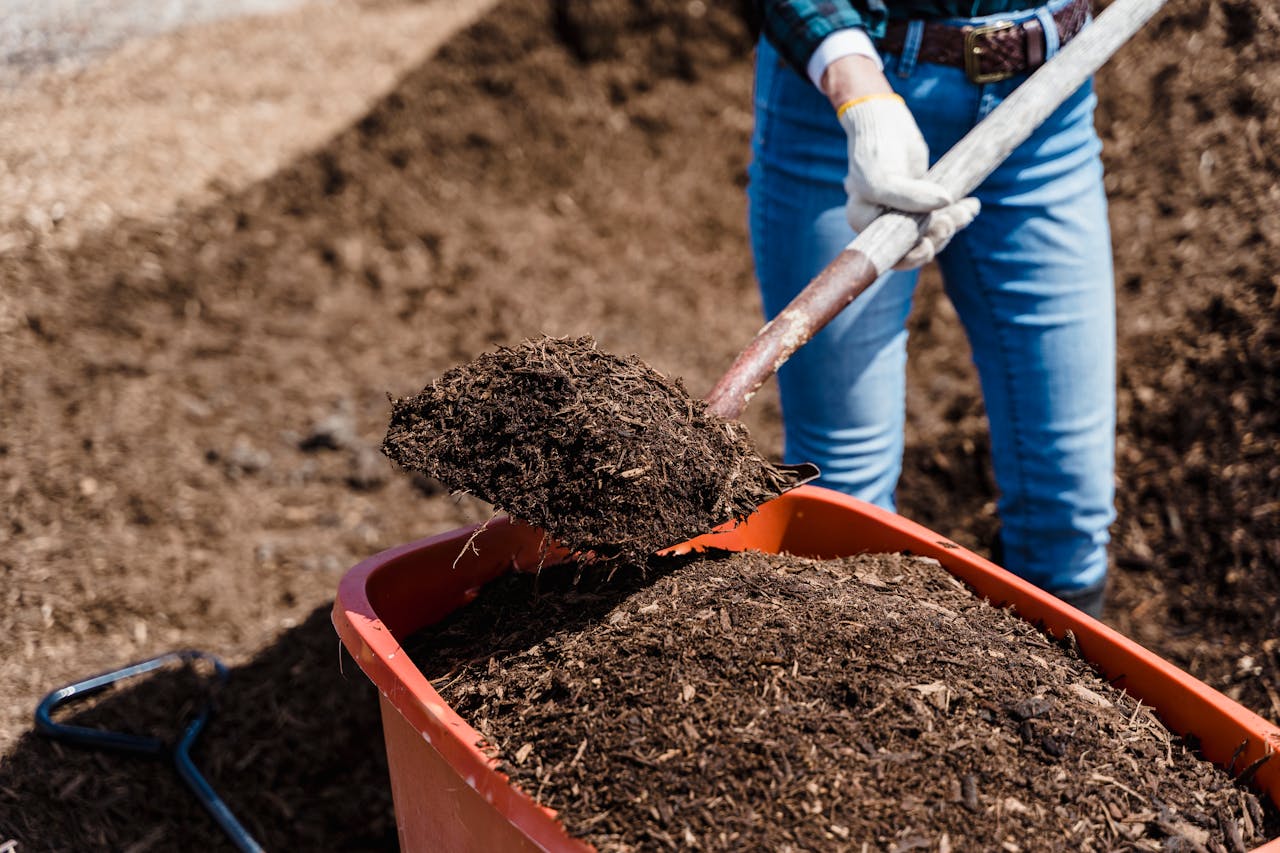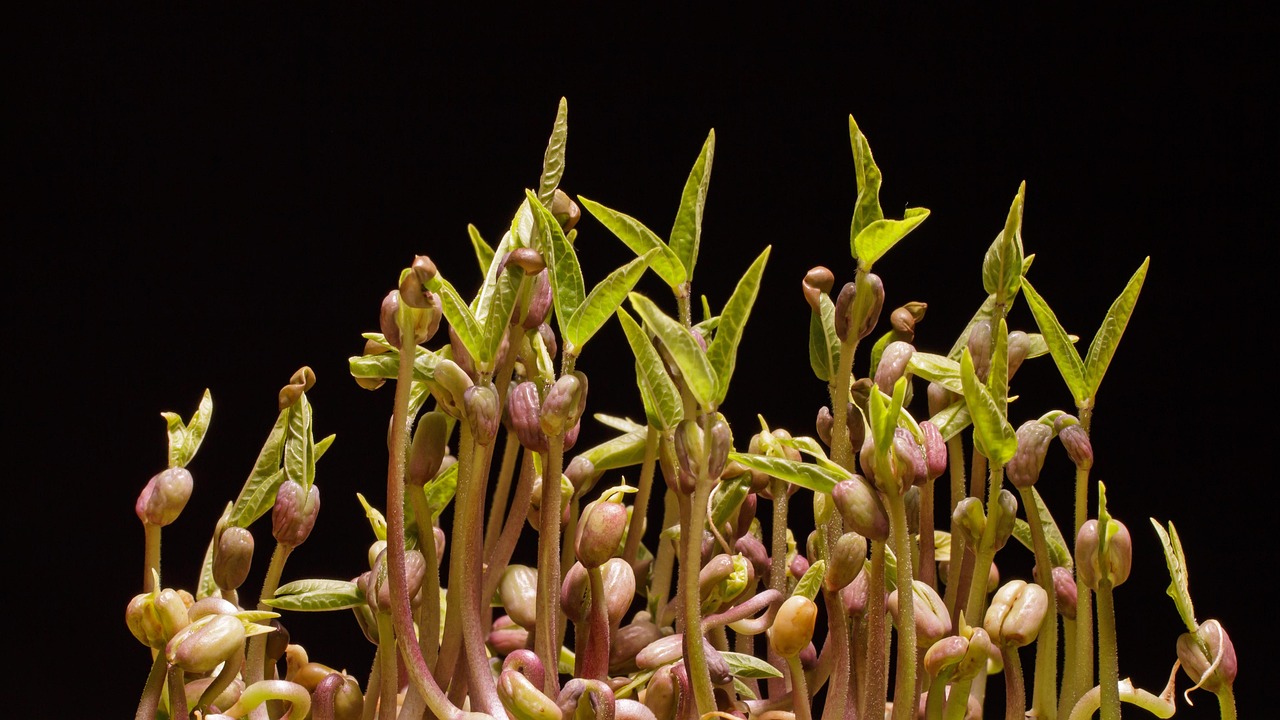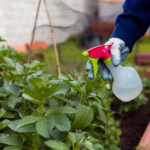Now Reading: Pest Control without Chemicals: Natural, Safe, and Effective
-
01
Pest Control without Chemicals: Natural, Safe, and Effective
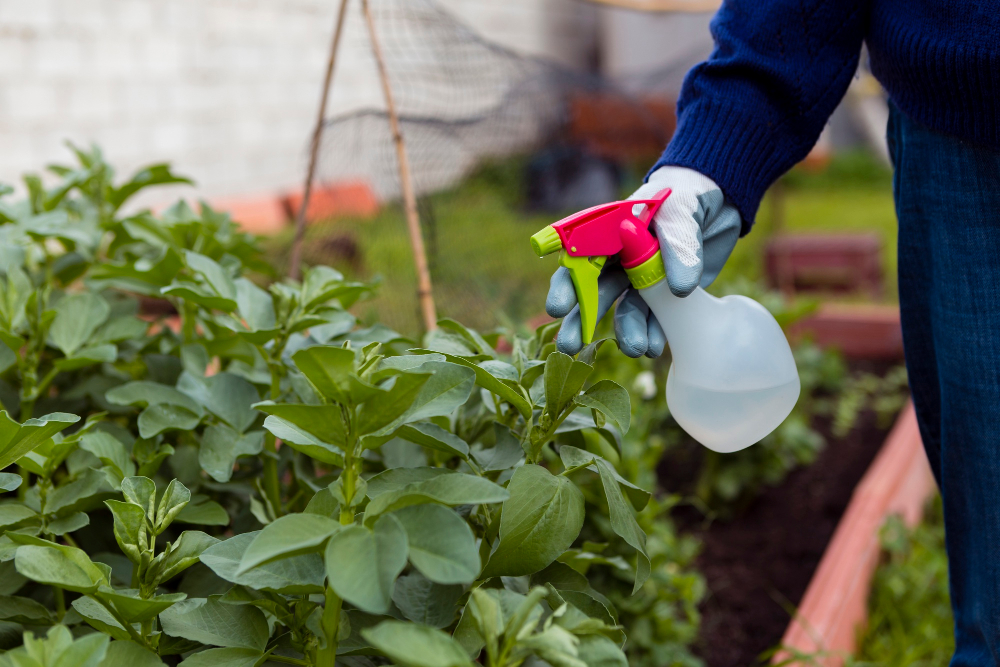
Pest Control without Chemicals: Natural, Safe, and Effective
Keeping your home pest free shouldn’t feel like auditioning for a role in Breaking Bad. If you’re tired of chemical fumes, sticky sprays, and toxic side effects, it’s time to explore pest control without chemicals—a safe, natural, and surprisingly funny journey. Grab your coffee (or your spray can of vinegar water), and let’s dig into practical pest control solutions that don’t involve suiting up like a hazmat scientist.
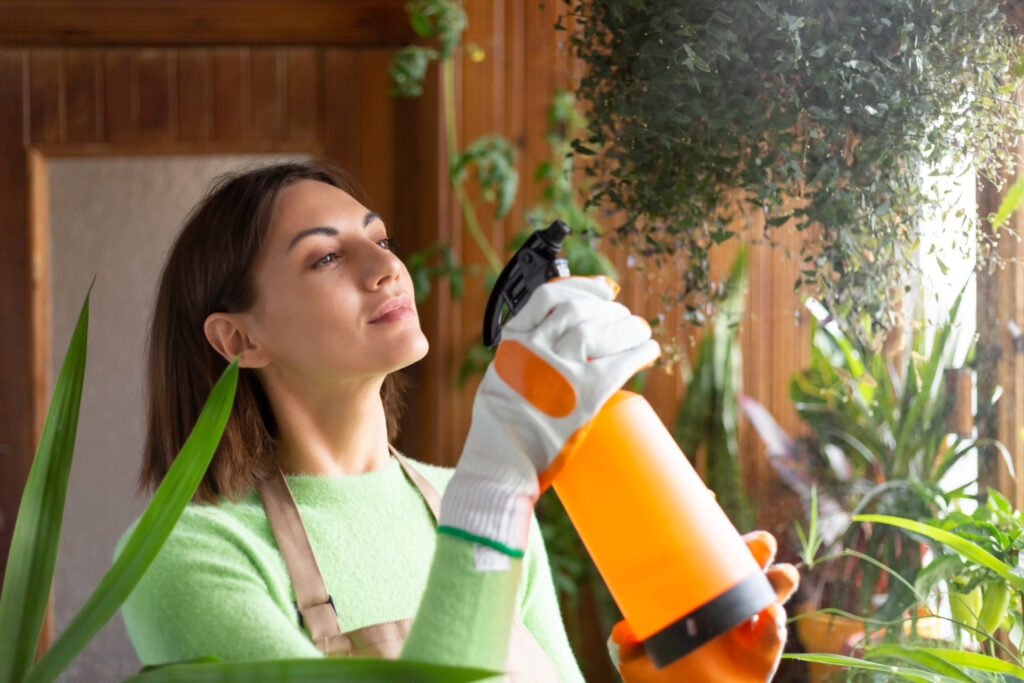
Why Bother With Pest Control Without Chemicals?
Pest control has been around as long as humans have been hoarding grains and inviting pests—roaches, ants, mosquitoes, moths—into the pantry. Traditional pesticides and chemical pesticides promise quick fixes, but they also leave behind toxic residues, toxic chemicals, and in some cases, a fine layer of regret on your kitchen counters.
Switching to Eco friendly pest control and organic pest control methods means:
- Safer homes (your toddler won’t lick insecticide off the floor).
- Pet safe pest control (because dogs don’t read warning labels).
- A nontoxic environment (you can breathe without coughing up bug spray fumes).
- No more panic about long term health effects from toxic pesticides.
The bonus? Many natural pest control agents are cheap, cheerful, and sitting in your kitchen cabinet.
The Good, the Bad, and the Creepy: Understanding Pests
Before jumping into chemical free pest control, you need to know your enemy. Pests come in all shapes and sizes:
- Roaches: The overconfident survivors of everything, including nuclear winters.
- Mosquitoes: The vampires of summer, leaving behind itchy mosquito bites.
- Ants: The sugar detectives who send an army after one crumb.
- Moths: Silent destroyers of sweaters.
- Flies: The crashers of every BBQ.
The trick isn’t nuking them with toxic sprays but learning to disrupt pests using pest resistant plants, pheromone traps, and natural insect repellents.
Pest Control Products vs. Natural Pest Control
Let’s be honest. The aisles of pest control products look like a horror movie prop room. You’ll find:
- Bug sprays with synthetic chemicals
- Chemical based mosquito repellents
- Poisonous insecticides promising to kill “on contact” (and maybe your houseplants too)
Meanwhile, natural pest control laughs in the face of over complicated labeling. With simple household ingredients—vinegar, lemon, essential oils—you can whip up homemade sprays, diy sprays, and simple DIY sprays that do the job without causing toxic exposure.
Safe Pest Control: Kitchen Hacks That Work
Vinegar Spray Can = the Hero
A small spray bottle filled with vinegar and water doubles as an ant repellent and a natural wasp control tool. Spray it on surfaces, and ants lose the scent trail. Think of it as wiping out their WiFi.
Coffee Ground Bug Repellant
Turns out your morning brew are more than a wakeup call. Scatter used coffee grounds near doors or windows for coffee ground bug repellant magic. Bugs hate it. You’ll look like a caffeinated pest wizard.
Essential Oil Sprays
A few drops of peppermint oil in water? Bam—natural mosquito repellent, roach repellents, and even a room that smells like a spa. Essential oil sprays also work as herbal spray alternatives for those who hate chemical stench.
Pest Control Solutions That Don’t Involve Hazmat Suits
Organic Pest Control in the Garden
Ever heard of diatomaceous earth? This powder is a natural, organic pest control product that dehydrates insects. Sprinkle it around plants, and watch insect pests check out permanently.
Bug Repellant Plants
Plant lavender, basil, or marigolds near your porch. These bug repellant plants are basically nature’s own insect repellents and smell better than any deet based sprays.
Sticky Traps & Moth Traps
Pantry moth traps and sticky traps are effective pest lures that handle unwanted pests quietly. Bonus: they let you see just how many freeloaders you’ve been sharing your granola with.
Integrated Pest Management (IPM): Smarter, Not Harder
If you’re tired of spraying, swatting, and screaming, try integrated pest management (IPM). Think of IPM as the Marie Kondo of pest control. Instead of relying on toxic sprays, it focuses on:
- Preventive control (seal cracks, clean crumbs, use pest resistant plants)
- Monitoring (yes, you’ll become that person checking for insect eggs on leaves)
- Low risk methods (like pheromone traps, biological control, and nontoxic methods)
- Targeted action (using nontoxic roach traps instead of spraying your whole house)
Even the University of California Integrated Pest Management program swears by it. If it’s good enough for UC, it’s good enough for your kitchen.
Chemical Free Pest Control Tricks That Actually Work
- Natural bug repellents: Lemon juice, garlic sprays, neem oil.
- Nontoxic roach control: Baking soda + sugar = the roaches’ last meal.
- Homemade ant trap: Mix honey and borax in a jar lid. Watch the ants line up for their “buffet.”
- Mosquito dunks: Safe for ponds, lethal for mosquito larvae.
- Plant powered insect powder: Works wonders on insect infestations indoors.
Humor Break: My Roach Infestation Story
Confession time. Once, I tried “spraying roaches” with a random bug spray I found under the sink. Within minutes, I had dizzy roaches… and a cat sneezing like it was in a cartoon. Lesson learned: nontoxic roach traps are the way to go. These days, I keep a pet safe spray handy—no toxic residues, no angry cat, no regrets.
Eco Friendly Pest Control for Mosquitoes
Nothing ruins a summer evening faster than a mosquito buzzing in your ear. Forget toxic chemical based mosquito repellents; go for:
- Natural mosquito repellents like citronella candles.
- Outdoor mosquito control with fans (mosquitoes are weak fliers).
- Mosquito dunks in standing water.
- Effective mosquito repellents like eucalyptus oil.
Pro tip: wear light colored clothes. Dark shirts scream “buffet” to disease carrying mosquitoes.
Pet Safe Pest Control: Because Pets Can’t Read Labels
Pet safe—no toxic residues is the goal. Ditch toxic fumes and toxic sprays, and go for:
- Nontoxic flea traps (so your dog doesn’t end up licking insecticides).
- Nontoxic bed bug solutions like heat treatments.
- Diatomaceous earth sprinkled around pet bedding for nontoxic flea treatments.
Building Your Own Pest Control Strategy
The best pest control strategy isn’t about nuking your home every spring. It’s about:
- Regular cleaning (bye bye, common household pests).
- DIY defense (hello, simple spray bottles with vinegar or oils).
- Natural allies (ladybugs as pest reducing predators).
- Ongoing pest control (because bugs don’t take vacations).
Over time, these nontoxic remedies and safe pest control methods create a pest free home without the toxic side effects of traditional pesticides.
Wrapping Up: Pest Free Without the Chemicals
Pest control without chemicals is real, doable, and weighs less toxic than drenching your home in harsh chemicals. Between natural bug repellents, Eco friendly pest control options, and a bit of humor in the fight against resilient pests, you can enjoy a pest free home without sacrificing safety.
So the next time a mosquito or roach thinks your house is a free hotel, remember: your control doesn’t need to involve toxic residues. Sometimes, a lemon spray bottle is more powerful than the fanciest bug repellent on the shelf.
Frequently asked questions about Pest Control without Chemicals: Natural, Safe, and Surprisingly Effective
What is a method of non chemical pest control?
Ah, the million dollar question. A simple method of non chemical pest control could be using pest resistant plants (like basil or marigolds), setting nontoxic roach traps, sprinkling diatomaceous earth (a natural, organic pest control product), or calling in pest reducing predators like ladybugs. Basically, you’re asking nature to do the dirty work without unleashing harsh chemical pesticides that leave behind pesticide residues and toxins.
Is there such a thing as nontoxic pest control?
Absolutely. In fact, nontoxic pest control is like the yoga version of pest_management—gentle, mindful, and surprisingly effective. Think coffee ground bug repellant, pet safe sprays, plant powered insect powder, or bug repellant plants. You can stay pest free without filling your home with toxic fumes or chemical sprays.
What is natural pest control?
Natural pest control means using safe ingredients like essential oils, citrus sprays, or vinegar water to tackle insect problems. It’s also about leveraging natural insecticidal properties of plants and Eco friendly pest control options like control, biological (a.k.a. letting good bugs eat the bad ones). The result? A nontoxic environment where you and your pets aren’t dodging harsh toxins.
What is the safest pest control?
The safest pest control is one that doesn’t leave you wondering if you’ve just shaved a year off your life expectancy. In practice, that means pet safe pest control, chemical free pest control, and eco friendly pest control methods. Options like nontoxic control, nontoxic roach control, and nontoxic flea treatments all keep your home pest free doesn’t without dumping harmful chemicals or harsh sprays into your space.
Which pest control is best, herbal or chemical?
Depends. Want results fast but also want to cough like a Victorian poet? Go chemical. Want own pest control that keeps your home pest free with nontoxic ways? Herbal wins. Herbal pest repellents like neem, garlic, and peppermint are classic eco friendly pest control solutions—they take longer, but they don’t load your air with off gas chemicals or leave harmful residues.
Is neem oil considered a pesticide?
Yes, neem oil is technically a pesticide, but it’s a natural one. It has natural insecticidal properties that disrupt insect behavior and stop insect growth. Unlike chemical sprays and toxic pesticides leads, neem doesn’t leave you gasping for fresh air.
Why is neem oil banned in some countries?
Here’s the drama: neem oil is banned in some countries (like Canada) not because it’s secretly plotting with roaches but because regulatory agencies got cautious about certain pesticides and safety data. Some worry about toxin exposure if used incorrectly. It’s less about neem being evil and more about bureaucratic pest control solutions being extra cautious.
What is an organic insecticide?
An organic insecticide is a pest control product derived from plants, minerals, or natural materials—like neem oil, pyrethrum, or diatomaceous earth is a natural fix. They help with insect problems while keeping the environment closer to chemical free alternatives. Basically, it’s pest fighting without the harsh herbicides or synthetic chemicals.
What insects are killed by neem oil?
Neem oil doesn’t discriminate. It targets small insects, unruly bugs, and even disease carrying mosquitoes. It works on roach infestations, insect eggs, mites, flies, aphids, and a dozen other freeloaders. It’s a plant powered spray—a proven option for serious pest problems—just avoid spraying it on your Instagram worthy roses during peak bloom.
What are the disadvantages of neem oil as a pesticide?
Here’s the honest bit: neem oil can be messy, smelly, and not instant. If you’re looking for quick bug protection, neem oil may disappoint—it takes time to mess with insect behavior. Overuse can also harm helpful insects like bees. Plus, if you forget to dilute it, your plants may look like they’ve had a bad chemical peel.
Why is neem oil banned in Canada?
In Canada, neem oil got the axe because of how regulators categorize common pesticides. It wasn’t about neem secretly plotting with ants—it was simply that they lumped it under certain pesticides without enough human use data. Meanwhile, deet based products and chemical based mosquito repellents are still on the shelves. Irony, right?
How quickly does neem oil work?
Neem oil isn’t a “zap them on contact” kind of fix. It usually takes a few days to interfere with insect growth and reproduction. Think of it as the slow poison pen letter of the pest control world. Bugs stop eating, reproducing, and eventually just quit showing up for work.
How long does neem oil last once sprayed?
A neem oil spray—a DIY mix usually lasts 4–7 days on leaves before it breaks down in sunlight. You’ll need regular spray applications if you’re serious about keeping insect pests and pest populations under control. Pro tip: reapply after heavy rain or when your plant looks like it’s been through a stormy breakup.
What not to use neem oil on?
Avoid using neem oil on delicate plants like herbs you plan to eat immediately (nobody wants a bitter basil pesto). Also, don’t spray it in direct sun—it’ll fry leaves. Rule of thumb: if you’d cry over losing it, maybe skip the neem.
What is the side effect of neem oil?
Side effects? Besides the smell of garlic’s evil cousin? Over application can harm helpful insects and leave oily residue on plants. In rare cases, misuse can create toxic exposure for humans or pets. That said, compared to harsh toxins, harsh sprays, and toxic chemical defense mechanisms, neem’s side effects are more of an annoyance than a danger.














